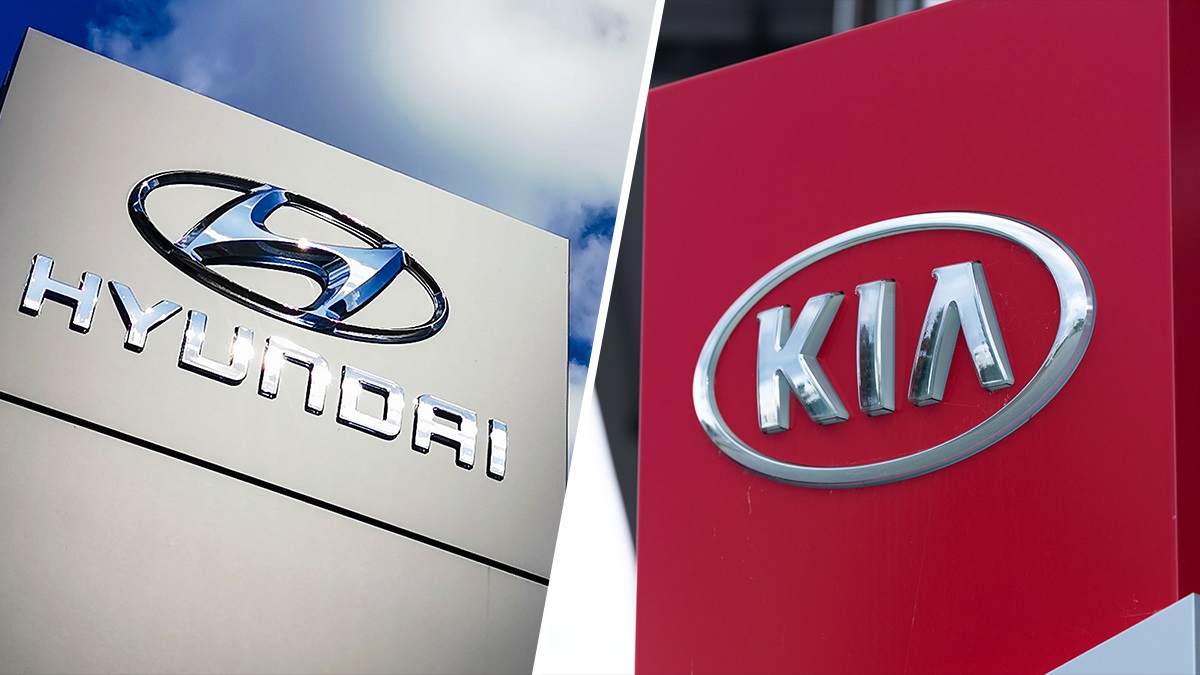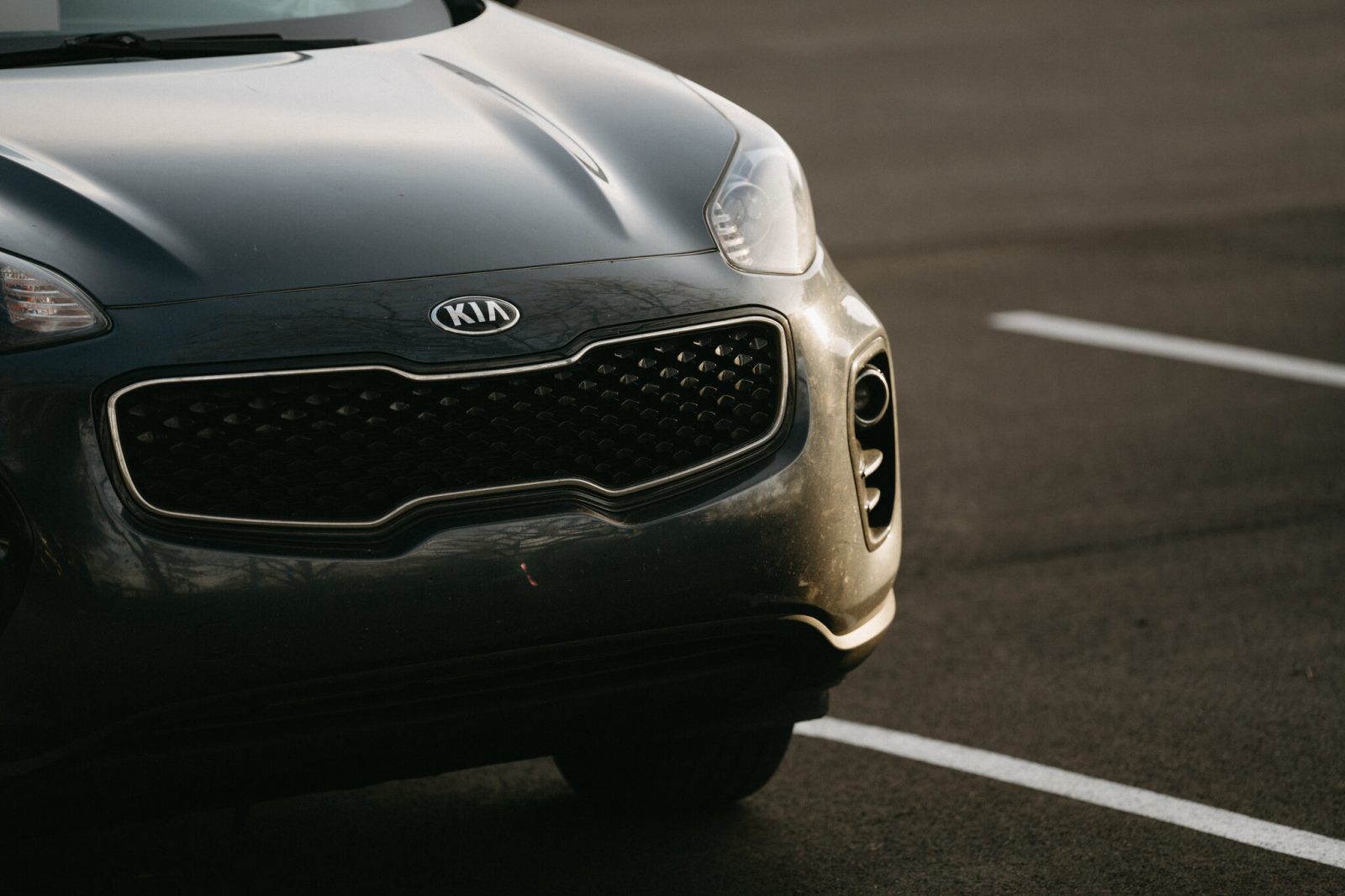Spikes in car thefts of specific Hyundai and Kia models, a trend that originated in the American Midwest and was exacerbated by how-to videos on social media, have now impacted America’s largest city.
According to New York City Police Commissioner Keechant Sewell, about 100 of these particularly vulnerable Hyundai and Kia vehicles were stolen in December alone in New York City. Thefts began to rise around September of last year.
“Before then, we were averaging probably 10 to 12 thefts of these cars a month,” she stated during a press conference on Thursday. “By December, we were up to about 100.”
The vehicles in question are 2015-2019 Hyundai and Kia models, such as the Hyundai Santa Fe and Tucson and the Kia Forte and Sportage, when equipped with turn-key ignitions.
These cars are roughly twice as likely to be stolen compared to other vehicles of a similar age. According to the Highway Loss Data Institute, an industry group tracking insurance statistics, many of these vehicles lack basic auto theft prevention technology included in most other vehicles of the same years.
These models became the focus of a viral social media trend where thieves filmed themselves stealing Hyundai and Kia vehicles and taking them for a drive.
In some parts of the country, the problem became so severe that certain insurance companies refused to issue new policies on these Hyundai and Kia models in areas where thefts had become extremely common.
The targeted models lack electronic immobilizers, which rely on a computer chip in the car and another in the key that communicate to verify that the key belongs with that vehicle. Without the correct key, an immobilizer should prevent the car from moving.
The thefts in New York City were first noticed in The Bronx, the commissioner said, but soon spread to other parts of the city.

Most of the stolen SUVs and cars are later found abandoned and seem to have been taken simply for “joy-riding,” Sewell said. However, there is also concern that the stolen cars could be used in the commission of other crimes.
New York City Mayor Eric Adams blamed social media for spreading the criminal trend. Videos posted on TikTok, in particular, show a technique where a USB charging cable can be used to start a car through a partly disassembled ignition switch.
“We see it as not only stealing a vehicle but also stealing the future of our young people,” Adams said. “When you are arrested for grand larceny auto, it is a felony. It remains on your record. It impacts your life in a real way.”
The mayor reminded owners of potentially vulnerable vehicles that Kia and Hyundai dealers can provide security upgrades to help protect their cars.
The two South Korean automakers have created a software patch to address the problem. While Hyundai and Kia operate as separate companies in the United States, Hyundai Motor Group owns a significant stake in Kia, and various Hyundai and Kia models share much of their engineering.
The patch will be installed free of charge on models that need it. The new software requires an actual key in the ignition to start the vehicle and will also prevent the car from being started after the doors have been locked using the key fob remote control.
The vehicle will need to be unlocked before it can be started.
Additionally, the software extends the alarm sound from 30 seconds to a full minute. Hyundai dealers will also affix window stickers stating that the vehicle has anti-theft software installed.
Hyundai has begun providing the software immediately for the most popular and most frequently stolen vulnerable models.
Kia said it has started to offer the update to some customers and expects to make it available to more affected vehicles. Hyundai also announced a program to reimburse owners for purchases of steering wheel locks.







Leave a Reply